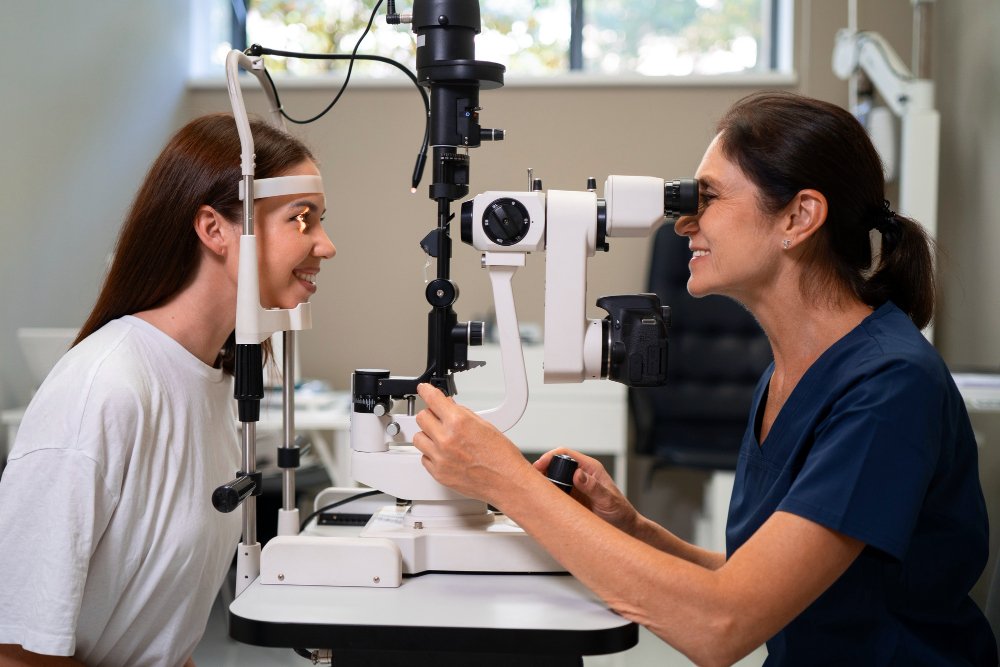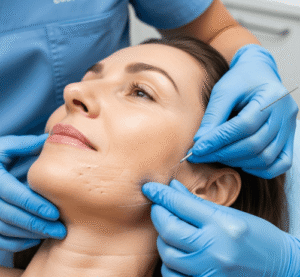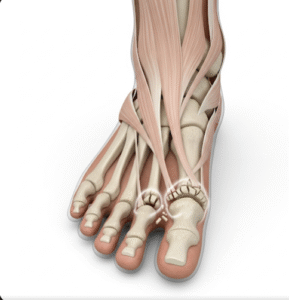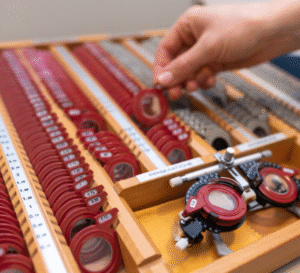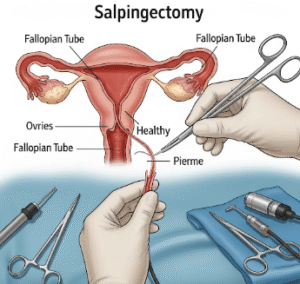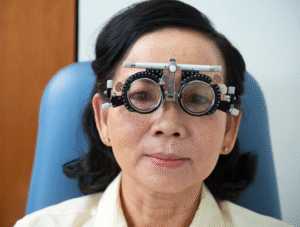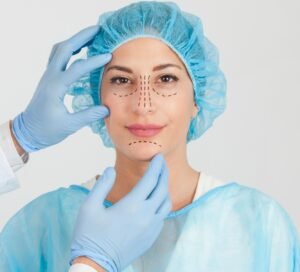Overview
Synechiae refers to abnormal adhesions between the iris and other structures in the eye, such as the cornea or lens. These adhesions can disrupt normal eye function and lead to complications including increased eye pressure and vision problems. Early diagnosis and treatment are vital to prevent long-term damage.
What is Synechiae in the Eye?
Synechiae occur when the iris sticks to adjacent tissues inside the eye. There are two main types: anterior synechiae, where the iris adheres to the cornea, and posterior synechiae, where the iris sticks to the lens. Both types can result from inflammation, trauma, or eye surgery.
Symptoms
- Blurred or decreased vision
- Eye pain or discomfort
- Redness of the eye
- Sensitivity to light (photophobia)
- Visible irregularity or distortion of the pupil
- Increased intraocular pressure leading to glaucoma
Causes
- Uveitis or other inflammatory eye diseases
- Eye trauma or injury
- Complications after eye surgery (e.g., cataract surgery)
- Infections inside the eye
- Certain systemic autoimmune diseases affecting the eye
Risk Factors
- History of eye inflammation or uveitis
- Previous eye surgeries or injuries
- Autoimmune diseases like rheumatoid arthritis or sarcoidosis
- Poorly controlled infections
Complications
- Glaucoma due to blockage of fluid drainage
- Permanent vision loss if untreated
- Irregular pupil shape affecting vision
- Chronic eye discomfort
Prevention
- Early treatment of eye infections and inflammations
- Regular eye examinations following surgery or trauma
- Managing underlying systemic diseases effectively
- Prompt medical attention for eye pain or vision changes
Treatment Options in Korea
South Korea provides advanced ophthalmology care with cutting-edge diagnostics and treatment for synechiae.
Diagnosis
- Comprehensive eye examination including slit-lamp biomicroscopy
- Measurement of intraocular pressure
- Imaging techniques such as optical coherence tomography (OCT)
Treatment Approaches
- Medical Therapy
- Anti-inflammatory eye drops (corticosteroids) to reduce inflammation
- Dilating eye drops (mydriatics) to break or prevent adhesions
- Glaucoma medications if eye pressure is elevated
- Surgical Intervention
- Laser therapy (laser iridotomy or iridoplasty) to release adhesions
- Surgical removal of synechiae in severe cases
- Procedures to manage secondary glaucoma
- Post-Treatment Care
- Regular follow-up to monitor eye pressure and inflammation
- Vision rehabilitation if needed

